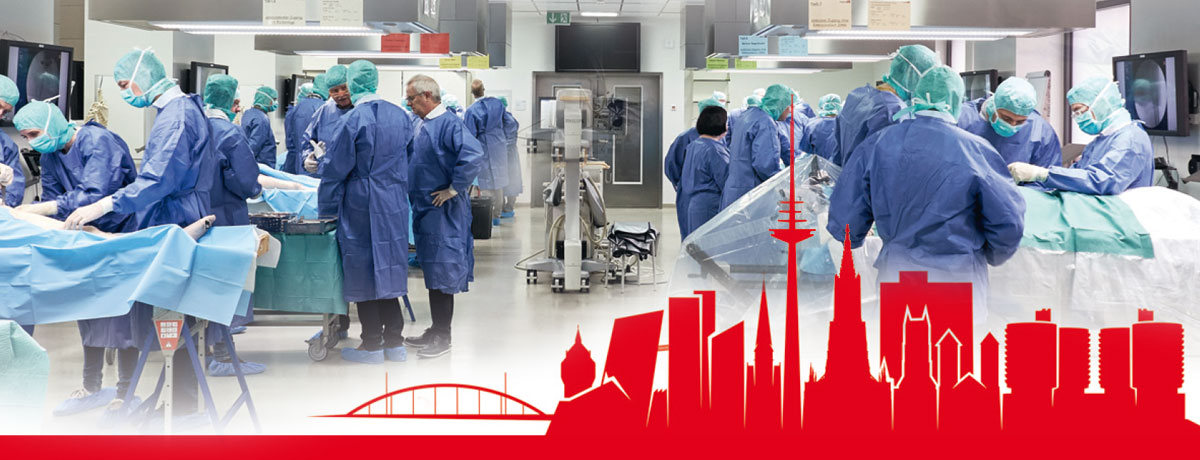
29 Jul Report Münster 2019
Kurzschaft-Symposium Münster 2019
Kurzschaft Symposium 2019
The 3rd ImplanTec Symposium took place in Münster from 10 – 11 May 2019. The program was led by Dr. med. Frank Horst from Sendenhorst and Prof. Dr. med. Wolfgang Knabe from the Department of Prosthetic Anatomy Münster, who also took over the scientific direction of the symposium. Around 60 orthopedic surgeons and orthopedic surgeons from all over Germany engaged in lively discussions on the subject of short shafts. For those who could not attend the symposium, we have provided a short summary of the presentations.
If you have a special interest in one or the other of the lectures, we will be happy to ask the respective speaker and send you the lecture via e-mail. Please use the following e-mail address: martina.wederka@artiqo.de
The lectures
Prof. Thorey
The preoperative expectations of patients, fueled by the press, advertising and competition among clinics, are now very high and just as individual as each patient himself. Therefore, the patient- and case-specific management of patient expectations is of elementary importance for a high level of satisfaction.

Prof. Thorey

Dr. Dinges
Dr. Dinges
Register data and medium to long-term studies now show that, in terms of survival rate, short shafts have caught up with standard shafts. From Dr. Dinges’ point of view, the data can be used to expand the range of indications for short sockets.
PD Dr. Budde
The reconstruction of the center of rotation not only in the a-p plane, but also in the sagittal plane provides a further advantage when using short shafts. Due to the breadth of the product range (two body philosophy), the A2®-Stem has advantages over other short shafts and above all standard implants. These are in the bony adaptation, proximal force application and reconstruction of the offset in the a-p plane.

PD Dr. Budde
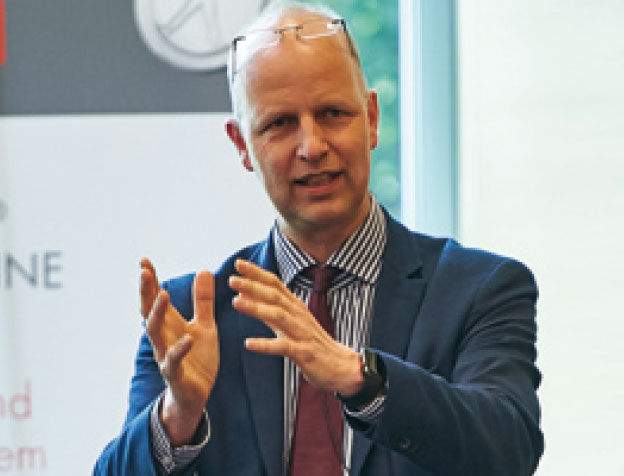
Dr. Horst
Dr. Horst/h3>
The short stem is established in the clinic as an implant with a wide range of indications for regular postoperative full loading to such an extent that a standard or long stem is only used in exceptional cases. In addition, the access-specific advantages with regard to muscle and soft tissue trauma are enormous. The presented first clinical results of 2002 A2® restorations over a follow-up period of up to 3 years confirm the A2® stem as a standard implant in primary hip endoprosthetics.
Dr. Szöke
In a retrospective study with 177 patients, it was shown that even in patients over 80 years of age, the reliability of care is guaranteed when using a suitable short shaft. Overall, there are slightly fewer complications with short sockets compared to the Zweymüller socket.
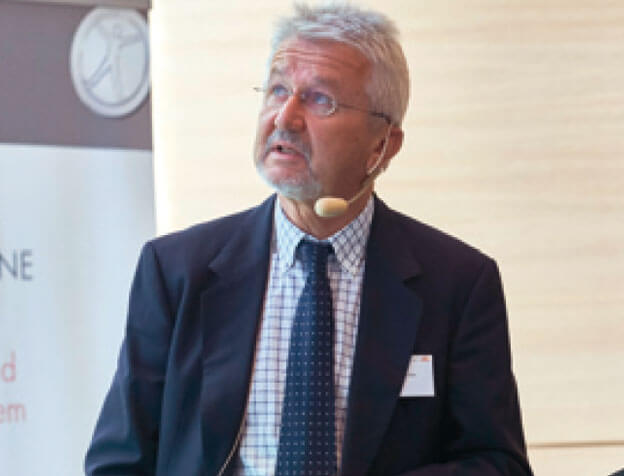
Dr. Szöke

Dr. Plaumann
Dr. Plaumann h3>
For well-chosen indications, a revision surgery with a short shaft fitting is also the method of choice in Sendenhorst. The revision of a short stem to a standard stem is successful without significant bone loss if the preparation is good.
Prof. von Lewinski
In order to address leg length compensation, it is imperative that the entire lower extremity, including the lumbar spine, be included. In a number of cases, conservative treatment should be considered prior to surgery.
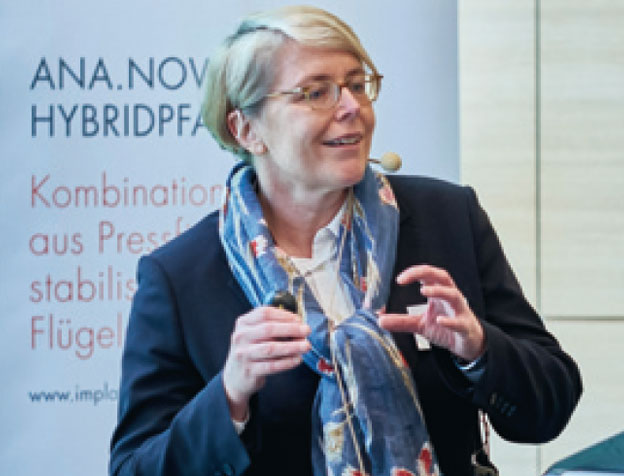
Prof. von Lewinski
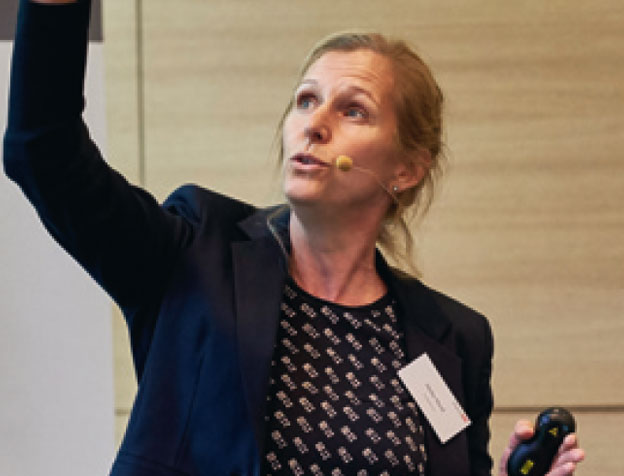
Frau Dr. Horst
Mrs. Dr. Horst/h3>
The development of a therapy-related rehabilitation concept with an access specific and patient individual concept leads to an improved outcome for the patients.
Mario Frank
There are also biomechanical advantages for a short socket: The load arm of the force application is significantly shortened compared to the standard socket and due to the anatomical position in the sagittal plane, there is no compensatory external rotation of the entire leg.

Mario Frank
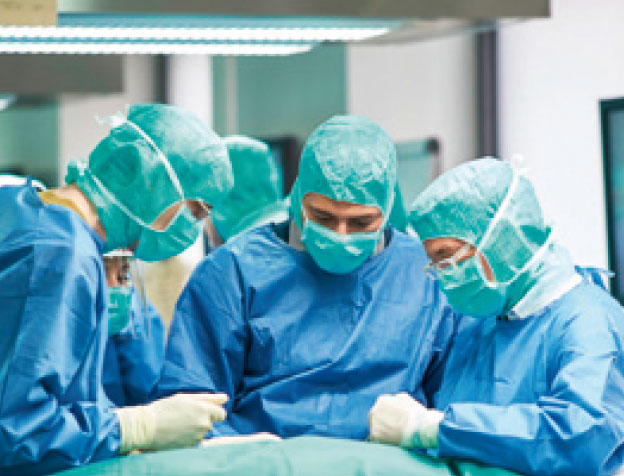
Dr. Barth, Dr. Hellwich, Dr. Raabe, Dr. Regenbrecht
Dr. Barth, Dr. Hellwich, Dr. Raabe, Dr. Regenbrecht
Im zugangsspezifischen theoretischen Teil wurden (als Vorbereitung für den Workshop am Präparat) die jeweiligen Vor- und Nachteile sowie Tipps und Tricks zu den verschiedenen operativen Zugängen präsentiert und diskutiert.
Prof. boy
As an anatomist, Prof. Knabe has a unique view on the specifics of access. As individual as every single patient is, the course of the relevant vessels and nerves is also individual. The anatomical diversity is remarkable, but must also be taken into account during surgery.
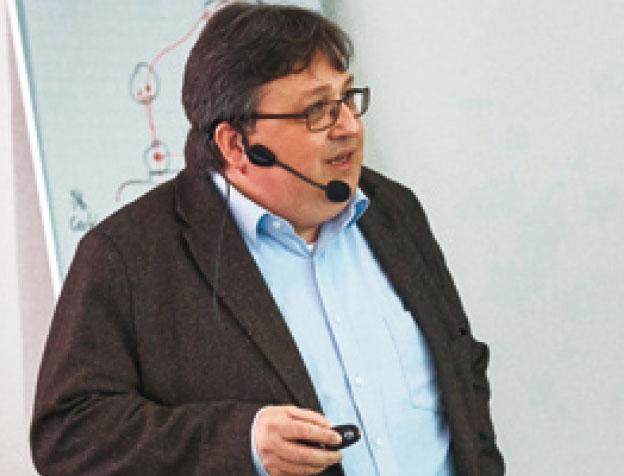
Prof. Knabe
Links
Here you will find current information about our training program and current congresses where we are represented.

